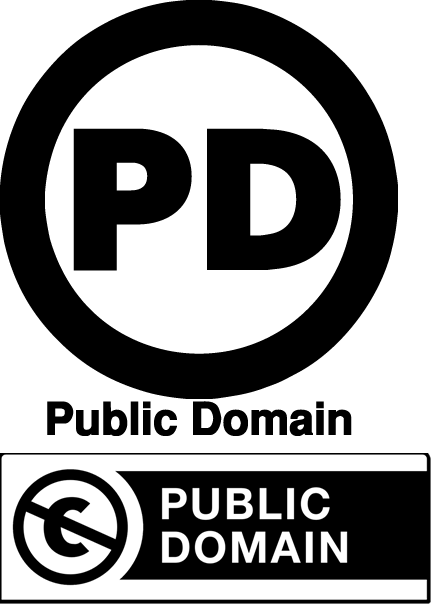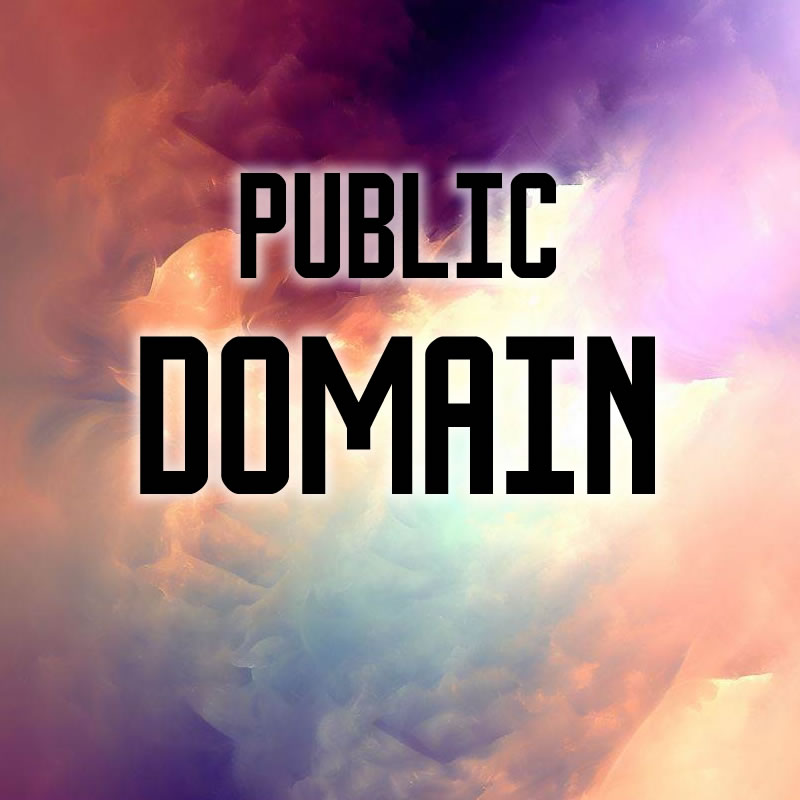
In today’s interconnected world, the concept of the public domain holds immense significance. It is a realm where creative works from the past become timeless treasures, free for all to access, use, and build upon without legal restrictions. The public domain is not only a vast repository of human knowledge and artistic expression but also a catalyst for innovation and creativity. This article explores the power and promise of the public domain, highlighting its importance in fostering cultural exchange, inspiring new creations, and promoting societal progress.

Defining the Public Domain
The public domain refers to a range of creative works and knowledge that are not protected by intellectual property rights, such as copyright or patents. These works either fall outside the scope of copyright protection or have had their copyright terms expire. This includes classic literature, historical texts, scientific discoveries, artworks, music, and more. When a work enters the public domain, it becomes part of the collective heritage of humanity, available for anyone to use and enjoy freely.
What is the Public Domain?
The public domain is a vast collection of creative works that are available for anyone to use, share, and build upon without restriction. These works include books, music, art, photographs, and other creative works that are no longer protected by intellectual property laws. Works that are in the public domain may be used freely, without obtaining permission from or compensating the copyright owner.
Importance of the Public Domain
The public domain is important because it allows for the free exchange of ideas and creativity. It provides a wealth of resources for artists, writers, and other creators to draw upon, without the need for permission or payment. The public domain also allows for the preservation and dissemination of cultural heritage, as works that are no longer commercially viable can still be made available to the public.
Preserving Cultural Heritage
One of the primary roles of the public domain is the preservation and dissemination of cultural heritage. It allows future generations to access and study seminal works that have shaped human civilization. Classic literary works like Shakespeare’s plays, the novels of Charles Dickens, or the philosophical treatises of Plato are freely accessible, enabling us to explore the depths of human thought and creativity. By preserving these works in the public domain, we ensure their longevity and maintain their relevance in a rapidly evolving world.
Inspiring Creativity and Innovation
The public domain serves as a wellspring of inspiration for artists, writers, musicians, and innovators. When creative works are free from copyright constraints, they become valuable resources for generating new ideas and building upon existing creations. Artists can reinterpret and adapt public domain artworks, breathing new life into them and bringing them into contemporary contexts. Filmmakers can reimagine classic stories, and musicians can sample and remix public domain music. The public domain sparks a vibrant exchange of ideas, leading to the birth of fresh and exciting artistic expressions.
Educational and Research Advancement
The availability of works in the public domain greatly benefits education and research. Students, teachers, and scholars can freely access a wealth of knowledge, fostering academic growth and innovation. Researchers can delve into historical documents, scientific studies, and cultural artifacts without hindrance. This open access to information promotes a more inclusive and equitable society, where knowledge is not limited by financial barriers. It enables the democratization of learning and encourages the exploration of diverse subjects and disciplines.
Promoting Technological Progress
The public domain plays a crucial role in advancing technology and innovation. Patents eventually expire, allowing inventions to enter the public domain. This facilitates the development of new technologies by building upon existing inventions without fear of infringement. By freely accessing and utilizing public domain ideas, innovators can accelerate progress and create groundbreaking solutions. Examples of public domain technologies include the open-source software movement, where developers collaborate to build software collectively, benefiting the entire community.
Balancing the Public Interest
While the public domain is a vital resource, it is important to strike a balance between the public’s right to access and use creative works and the creators’ incentives for innovation. Copyright laws grant exclusive rights to creators for a limited time, incentivizing the creation of new works. Finding the right balance between protecting creators’ rights and fostering a robust public domain is an ongoing challenge in the digital age.
How Do Works Enter the Public Domain?
Works can enter the public domain in several ways, including:
- The copyright has expired
- The copyright owner failed to follow copyright renewal rules
- The copyright owner deliberately places it in the public domain, known as “dedication”
- The work was created by a federal government employee or agency
Conclusion
The public domain represents a treasure trove of creativity, knowledge, and inspiration that fuels cultural exchange, innovation, and education. It empowers individuals to build upon the achievements of the past, shaping a better future. Preserving and expanding the public domain ensures that society continues to benefit from the collective wisdom of humanity.

